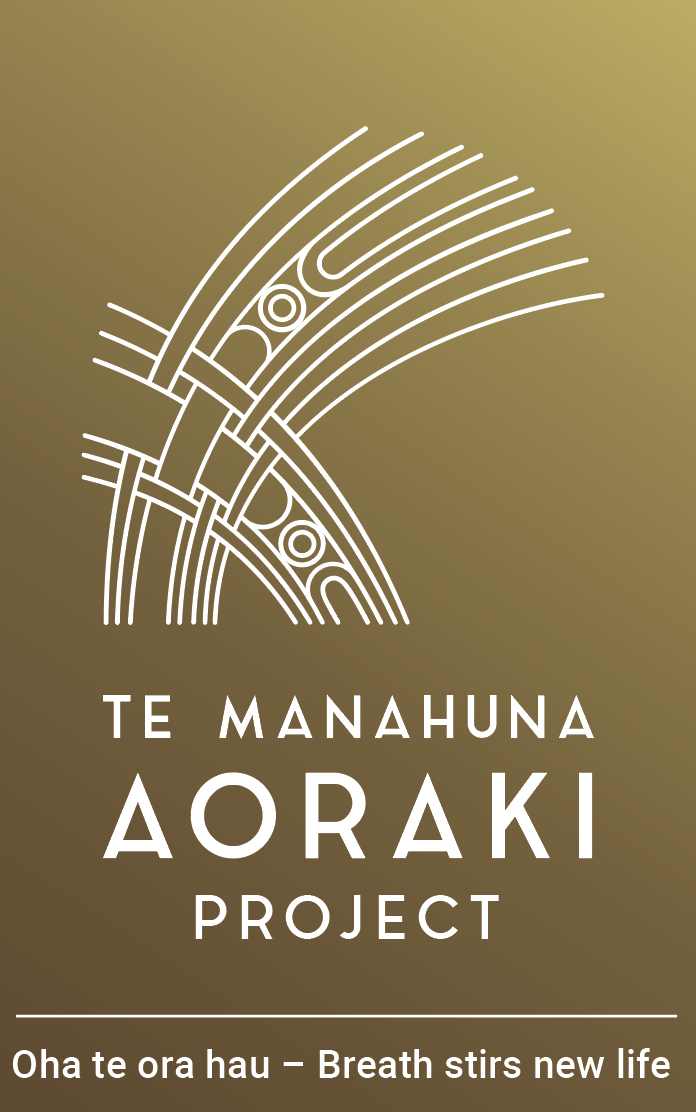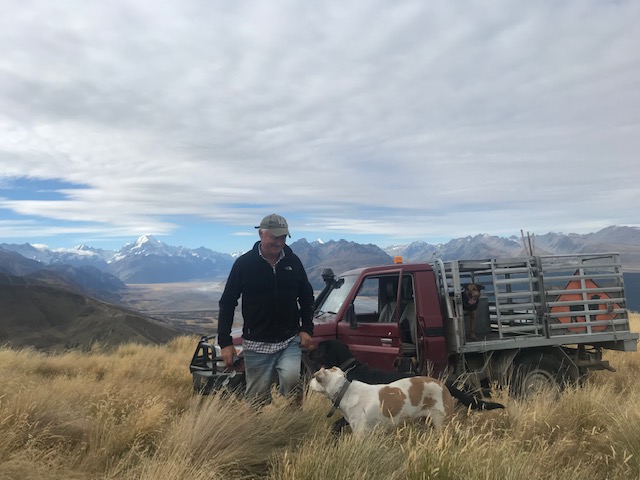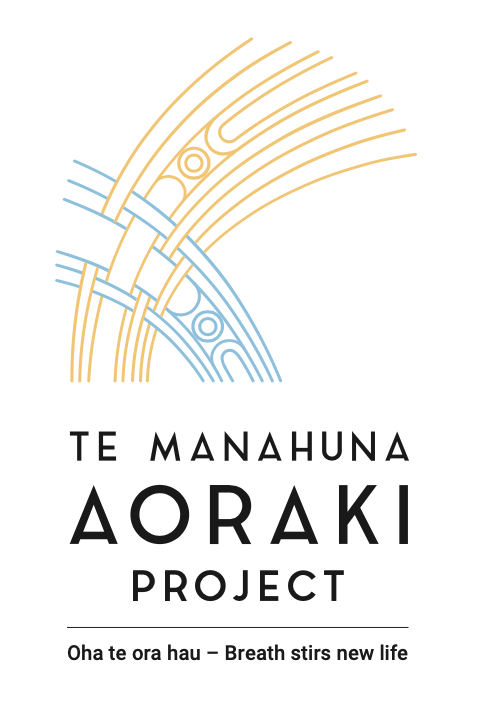Glentanner Station borders Aoraki Mt Cook National Park and has been run by the Ivey family since his father arrived to manage the property back in 1957. Originally 45,000 acres, the station has been reduced to 9000 acres by the Lake Pukaki hydro raising in 1974 and the Crown Pastoral Lease tenure review in 2014. It is now owned by the family freehold.
The family were pioneers of tourism in the valley. The working farm runs merino sheep along with a tourism business which includes accommodation, a retail business, café and airstrip. Wife Helen, who is a member of the Canterbury Aoraki Conservation Board, and the couple’s two sons, Mark and George, all work in the business.
“We are unashamedly conservation minded and have been supporting conservation efforts in the valley for over 25 years,” says Ross.
Those efforts take many forms, from predator control to dealing with invasive weeds. It has taken years and a lot of work to get rid of the station’s wilding pines but Ross says he now gets great pleasure driving up to Glentanner and seeing tussockland, rather than a sea of pines. The wilding tree problem still keeps them busy however as ongoing maintenance is needed to stop reinfestation.
DOC began predator control work in the Tasman Valley in 2005 with support from the Ivey’s, their neighbours on Mt Cook Station, and both Meridian and Genesis Energy as part of Project River Recovery. Endangered kakī are released adjacent to Glentanner’s airstrip in the Tasman so the station has long been a key site for the rare birds recovery.
While he backs the trapping efforts he is accutely aware that removing predators like stoats and feral cats has had the unintended consequence of allowing rabbit numbers to increase.

“There’s more kakī now than there have ever been in my life time, and that’s a reflection of the massive effort that has been put in. But there’s a trade-off against the expense of rabbit control. Rabbits damage some of the botanical values, they give the native shrubs like matagouri hell,” says Ross.
Ross is a strong advocate for the Te Manahuna Aoraki project and says he thinks it is brave to look at tackling the big problems like rabbits. “Many of the projects are quite aspirational. In my opinion that is why they have been accepted by the landowners, we have an independent organisation acting collaboratively with DOC, iwi and landowners, that is fantastic,” he says.
Te Manahuna Aoraki has partnered with Glentanner to control weeds like rowan. Situated half way between Aoraki Mt Cook and Lake Pukaki, ‘The Rest’ at Whale Stream was historically the spot where travellers rested their horses. Amenity trees like pines, silver birches and rowan were planted and over a century later the Ivey’s are having to deal with that legacy, with birds spreading the weeds far and wide.
The Ivey’s have sprayed thousands of rowan trees, with Te Manahuna Aoraki recently dealing to large patches on DOC land. “It will be a terrific outcome if we can save this landscape from rowan. I’ve got my sights on the cotoneaster next,” says Ross.
“Te Manahuna Aoraki is a massive opportunity for us. To think we have 14 landowners and other entities all holding hands for the first time. We are going to get the satisfaction of knowing we are really making a difference to biodiversity.”


